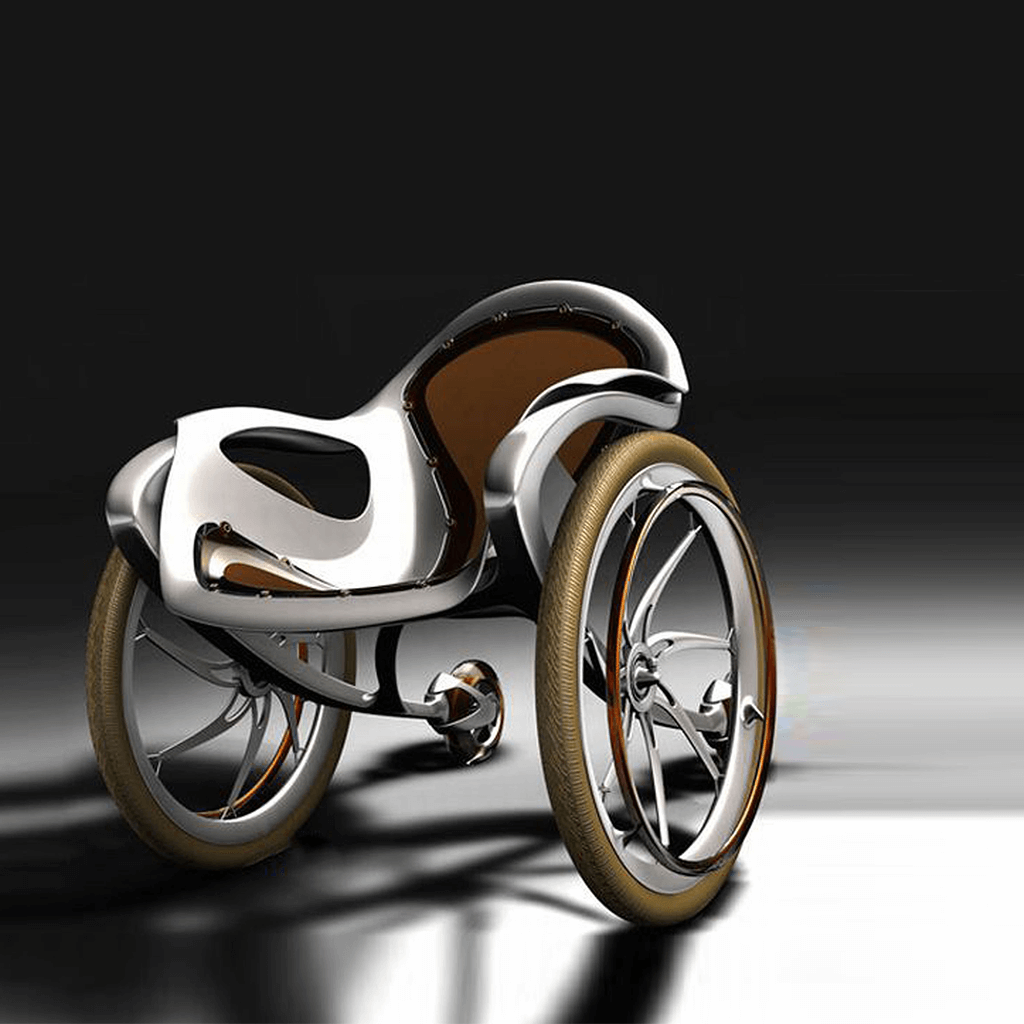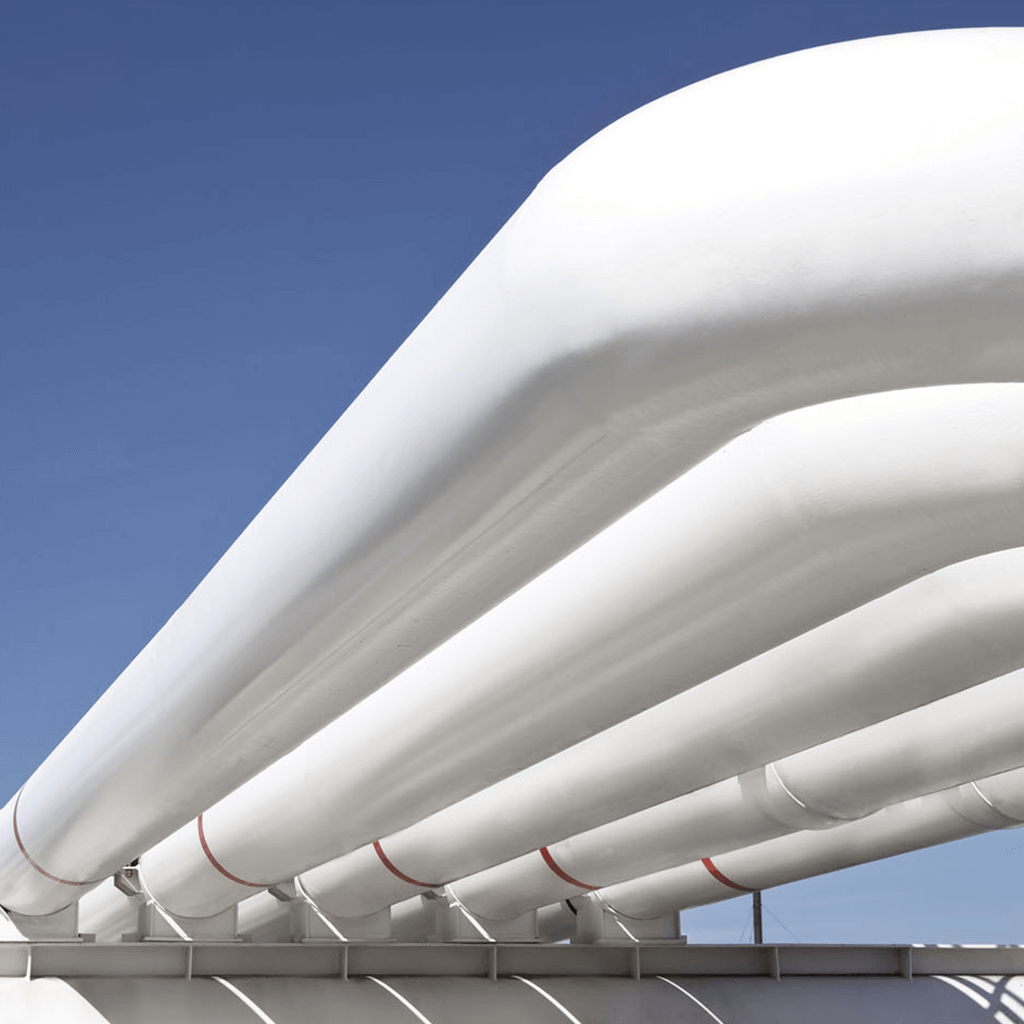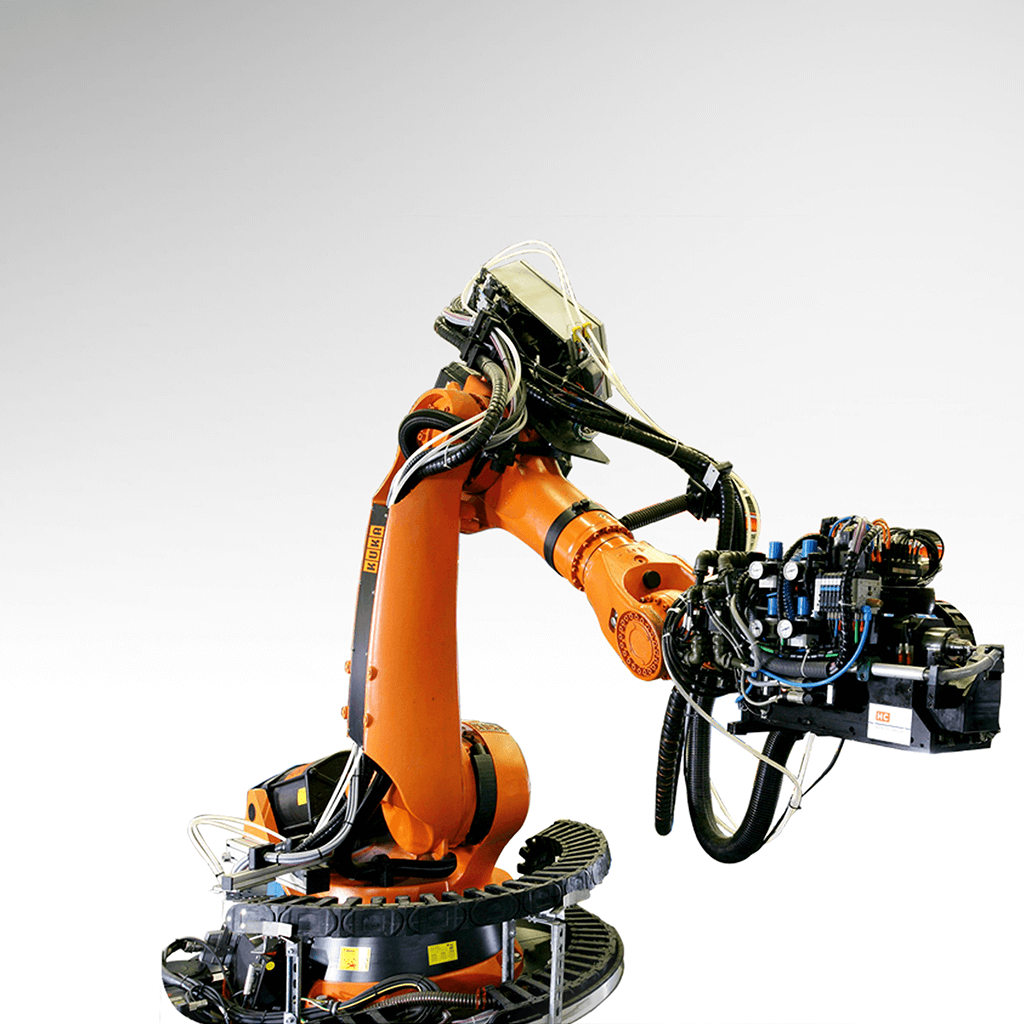A lighter and cleaner winch for low-emission superyachts
A lightweight power-regenerating carbon fibre winch developed by Rondal and engineered by Solico was introduced in late 2021. This article explains how the two companies combined their strengths and expertise to create a premium range of lightweight carbon fibre winches, detailing the production and engineering techniques involved along the way. This article has been published in the JEC Composites Magazine N°149.

Lightweight carbon fibre composites have been part of the impressive performance gains seen in grand prix yacht racing for several decades now. Carbon fibre materials are also typically the first choice for superyacht rig specialist Rondal, with ever larger and more performance-focused sailing superyachts chasing the weight reduction that composites deliver. Over the last 25 years, the company has evolved into a carbon fibre specialist, manufacturing some of the world’s largest composite masts and booms along with additional composite components such as winches, windbreaks, hatches, and doors that combine superior craftsmanship with engineering excellence.
Since 1989, Solico Engineering has developed to be Benelux’s largest composite engineering company. With more than 30 years of experience in maritime, defence and industrial composites, the company is completely independent and has no ties to any specific materials or production methods. Always focused on elegant, simple and durable solutions, Solico has been a partner of Rondal’s for many years.
Lightweight carbon composite sail handling systems
While Rondal is perhaps best known for its most visible products – carbon fibre masts and booms for some of the world’s largest and most prestigious sailing superyachts – the company’s sail handling winch packages, which remain discretely hidden away below decks, have become a go-to solution for naval architects, designers and engineers. Rondal has been supplying aluminium winch packages for more than 20 years, with standard sized units available with electric or hydraulic power for line loads of 2.5, 4, 6, 8, 12, 18 and 24 tons.
The company’s winch systems have become even more indispensable components of a safe and durable sail handling system as rigs have grown ever larger. With owners and sailing superyacht designers continuing to create not just larger, but also more efficient and performance-orientated yachts, Rondal conceived a carbon fibre version of their existing technology that would take full advantage of the weight-saving benefits enabled by composites.
Around 22% lighter than the previous versions, the new carbon fibre winch series delivers an impressive weight reduction. Considering a typical 60 m sailing superyacht with a multiple winch sail handling system, a 2-ton reduction in overall displacement is an attractive option when performance is the goal.

A powerful design and engineering collaboration
The two companies have already established a close working relationship across a wide range of projects, with Solico providing composite engineering support for rig components, radar masts, hatches and rudders, even validating the handling and transport solution for a massive carbon fibre superstructure element. For the new carbon winches, Rondal’s in-house engineering department designed the winches, working with Solico on the laminate properties of the composite parts. Solico was also involved from an early development stage, discussing, and brainstorming with Rondal about the best design options.
For the carbon winch project, Solico engineered the winch frame and performed structural engineering and verification for the drum in coordination with Rondal. Some of the major challenges included solving critical strength issues while respecting the dimensional packaging of the winches and satisfying the demanding calculations for the drum itself. Detailed modelling with layered solid elements was used to optimize the drum structure and thickness while keeping material usage to a minimum.
One of the additional challenges regarding the winch design was how to define the boundary conditions and integrate the winches into the deck structure so that the deck and winch could work as one component, each benefiting from the strength of the other. This load sharing concept enabled the partners to verify a much lighter design than previously designed, with no need for the new winches to incorporate a heavy base plate.
Solico’s primary output was the structural verification report with finite element (FE) analysis results. This report confirmed the final laminate details for each part and key points of attention for the production team at Rondal.

Optimising the materials and manufacturing process
The main carbon fibre components of the new winch series are a filament-wound drum and an autoclave-moulded prepreg winch frame. The winch drums are manufactured using a standard-modulus fibre for the winding process and liquid epoxy resins. The drums are wound on metallic mandrels, postcured, before machining to final dimensions and then sealing of the drum surface with a protective clear coat.
Using plotter cut plies of Lloyd’s-approved carbon fibre unidirectional (UD), 0-90˚ woven and +/-45˚ stitched biaxial prepregs, the winch frame parts consist of prepreg plies laid up by hand and vacuum bagged. An autoclave cure at 120°C for 12 hours produces the best possible mechanical and thermal properties.
The materials and processes can be easily scaled if winches larger than those in the current range are required for future vessels. Indeed, Rondal is working on an even larger 32-ton winch model for an upcoming build.

Benefits and advantages of composite construction
٠ Carbon construction massively reduces weight (by over 20%)
٠ No corrosion of aluminium parts when exposed to salt water-soaked lines
٠ Electric versions result in lighter weight systems as (unlike hydraulic systems) they do not need to be specified to offer peak power at all times
٠ Suitable technology for zero-emission yachts
٠ Composite winch elements can share load with the yacht’s composite structure
A rigourous testing regime a rigorous testing regime
The latest carbon winches are not yet in the scope of the typical class societies that certify sailing superyachts, and so there is no specific third-party standard for assessment of the units. To ensure ultimate quality and reliability, Rondal conducts its own stringent test programme in-house. Every winch is evaluated on the test bench in the company’s shop, with tests including loading to 1.5 times the designated maximum line load, providing clients with complete assurance that the winch system can withstand everything the wind and ocean can throw at it.
As part of the carbon winch development and testing programme, Rondal also utilised…
Want to read the end of the article?
Subscribe now and access to the entire article published in the JEC Composites Magazine N°149.












